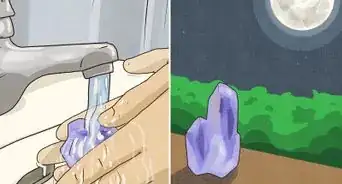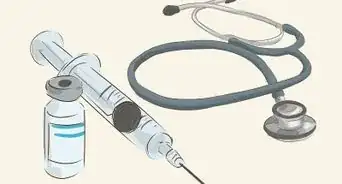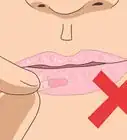This article was medically reviewed by Daniel Wozniczka, MD, MPH. Dr. Wozniczka is an Internal Medicine Physician, who is focused on the intersection of medicine, economics, and policy. He has global healthcare experience in Sub Saharan Africa, Eastern Europe, and Southeast Asia. He serves currently as a Lieutenant Commander in the U.S. Public Health Service and a Medical Officer for the Epidemic Intelligence Service in the CDC. He completed his MD at Jagiellonian University in 2014, and also holds an MBA and Masters in Public Health from the University of Illinois at Chicago.
There are 7 references cited in this article, which can be found at the bottom of the page.
This article has been viewed 8,234 times.
Cancer can be very painful, affecting various body parts and causing both acute and chronic pain. Although dealing with cancer can be very tiring and emotionally draining, learning to control your pain can be a valuable way to help yourself feel better. You can try a combination of medical and alternative methods to reduce and control your cancer pain.
Steps
Using Medical Methods
-
1Visit your doctor. Let your doctor know of any pain that you are currently experiencing. They may be able to prescribe a medication or recommend a pain killer. Furthermore, they will inform you about any medications that might interfere with your current treatment.
-
2Use an over-the-counter painkiller to manage mild pain. You can easily buy over-the-counter medicines to manage your daily pain. These OTC medications include Acetaminophen (Tylenol) as well as NSAIDs, a popular class of anti-inflammatory drugs that help block the pain receptors in your brain from receiving pain signals.[1]
- NSAIDs are usually recommended for bone or muscle pain, because they reduce the inflammation and swelling that can put pressure on the affected body part.[2]
- NSAIDs are available in tablets, injections, liquids, suppositories, and topical creams.
- NSAIDs include Ibuprofen (Advil) and Sodium Naproxen (Aleve).
- Do not take NSAIDs if you suffer from a gastrointestinal disorder, peptic ulcers, or are taking blood thinners unless directed to do so by your doctor.
-
3Get moderate opioid painkillers to address moderate pain. If Acetaminophen and NSAIDs don't effectively manage your pain, you may ask your doctor for a prescription to receive stronger painkillers. Opioid painkillers such as Codeine and Tramadol can help to manage moderate pain, but something stronger like Morphine may be necessary for severe pain. Your oncologist is the only person who can determine what medicine is suitable to manage your pain, so don't try to self-prescribe.[3]
- Note that opioid pain medications often cause constipation as a side effect. Therefore, if your doctor begins you on these medications, he or she will likely also put you on an appropriate bowel regimen as well.[4]
- It is easier to prevent bowel problems by treating them before they arise, rather than waiting until after the fact.
-
4Talk to your doctor about getting Morphine treatment for severe pain.[5] Your doctor will give you a moderate painkiller first, then gradually move you to stronger or higher doses according to your pain state as well as your response to the medication. Note that you will need to be monitored when using Morphine, because it has the potential for side effects.
- Morphine is available in many dosage forms, such as:
- Sustained release tablets, to be taken once or twice daily.
- Immediate release tablets or liquid, to be taken every 2 to 4 hours.
- Injections to be given directly or through a drip in a hospital.
- Subcutaneous injections.
- Dissolved tablets under the tongue.
- Patches stuck directly to the skin.
- Morphine can cause constipation, dry mouth, and itching or blurred vision.
- Morphine is available in many dosage forms, such as:
-
5Adhere to the therapy plan written by your doctor. It is very important that you take all your medications as instructed by your doctor, even if you don't feel like you need them immediately. This is because skipping any of your doses can result in a sudden worsening of pain. Pain is best treated by getting to a level where you can prevent it before it becomes overwhelming.[6]
- If you felt pain before your next scheduled dose of medication, ask your doctor to increase your dose or to change the dosage form you’re taking.
- If you have sudden breakthrough pain, take a breakthrough painkiller pill (your doctor will instruct you which ones to take in such situations).
-
6Take antidepressants to reduce neuropathic pain (pain caused by damage to nerve tissue).[7] Antidepressants have a positive effect in controlling the burning or prickling sensation caused by neuropathic pain. These medications can also be useful in treating the depression that may accompany your fight against cancer.
- Examples of antidepressants include Fluoxetine (Prozac) and Sertraline (Lustral). Side effects can include dry mouth or drowsiness.
-
7Get a prescription for an anti-convulsant. Anti-convulsants such as Gabapentin (Neurontin) can also be used to treat nerve-related pain. This requires a prescription from your doctor.[8]
-
8Use local anesthetics to treat specific pain sites. Local anesthetics can be useful in certain cases of localized pain, such as mouth ulcers. Local anesthetics are commonly found as gel formulas, such as Orabase. These gels form a protective layer on the ulcer that insulates it from painful sensations.[9]
- Getting an epidural anesthetic can treat severe back pain by directly injecting medication into your spine.
-
9Treat the cancer itself.[10] It is important to remember that undergoing treatments such as surgery, radiation, and/or chemotherapy to shrink the size of your tumor will in itself decrease your pain. For instance, many people who have incurable cancer (such as men with prostate cancer that has metastasized to the bones) continue to receive treatment (in this case, that shrinks the size of their bone metastases). This, in turn, decreases the amount of pain they feel (in this case, it reduces bone pain).
- It can wind up being one of the most effective strategies of pain management, even though the treatment itself is aimed at the symptoms rather than being aimed at actually curing the cancer.
Using Alternative Methods
-
1Breathe in pleasant aromas to relax and reduce inflammation. Try using aromatherapy, which is based on inhaling the vapors of essential oils such as lavender, chamomile, jasmine, or peppermint oils in a warm bath. Aromatherapy can decrease inflammation, relax muscles, improve your anxiety, maintain your sleep pattern, and reduce nausea.
- Having a warm bath in itself can also be soothing, helping to alleviate generalized muscle aches and pains.
- If you find that your pain is localized to a particular area of your body, you can also try using heat or a cold pack applied directly to that location to soothe the pain.
-
2Use visualization to improve your mental state. During visualization, you try to imagine a scene or a place that will make you feel comforted and happy. You can try doing this by thinking of a place or memory that makes you happy, and visualizing it in detail. This can improve your mood and help you control cancer symptoms and reduce the severity of pain, stress, and tiredness.
-
3Exercise to improve your fitness. Going for a walk, doing yoga, or engaging in other physical activities can help to improve your overall health. Exercise also releases endorphins, which are natural pain-killing substances in the brain, so it can also help to combat cancer pain. Speak to your physician about an exercise program that is safe for you, depending upon the stage and severity of your cancer.[11]
- Exercise can also help to alleviate stress and depression, and enhance your general mood, so the benefits are multiple.
References
- ↑ https://www.mayoclinic.org/diseases-conditions/cancer/in-depth/cancer-pain/art-20045118
- ↑ http://www.cancer.org/treatment/treatmentsandsideeffects/physicalsideeffects/pain/non-opioids-and-other-drugs-to-treat-cancer-pain
- ↑ https://www.mayoclinic.org/diseases-conditions/cancer/in-depth/cancer-pain/art-20045118
- ↑ http://www.mayoclinic.org/diseases-conditions/cancer/in-depth/cancer-pain/art-20045118?pg=2
- ↑ http://www.uptodate.com/contents/cancer-pain-management-with-opioids-optimizing-analgesia
- ↑ http://www.cancerresearchuk.org/cancer-help/coping-with-cancer/coping-physically/pain/types-and-causes-of-cancer-pain
- ↑ http://www.cancer.org/treatment/treatmentsandsideeffects/physicalsideeffects/pain/non-opioids-and-other-drugs-to-treat-cancer-pain
- ↑ http://www.cancer.net/navigating-cancer-care/side-effects/pain-treating-pain-medication
- ↑ https://www.mayoclinic.org/diseases-conditions/cancer/in-depth/cancer-pain/art-20045118
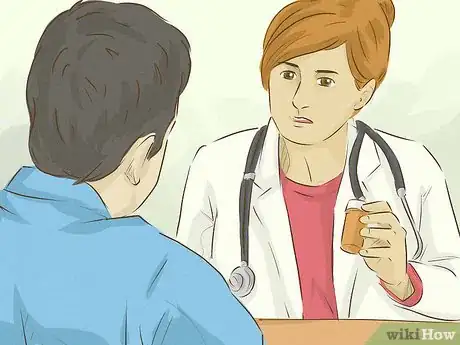
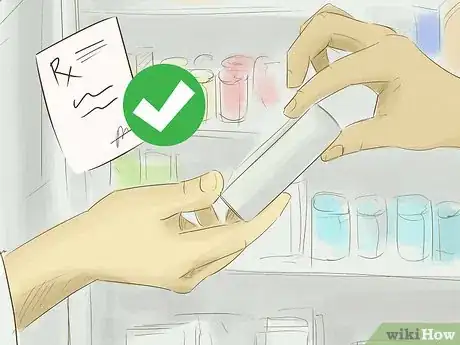
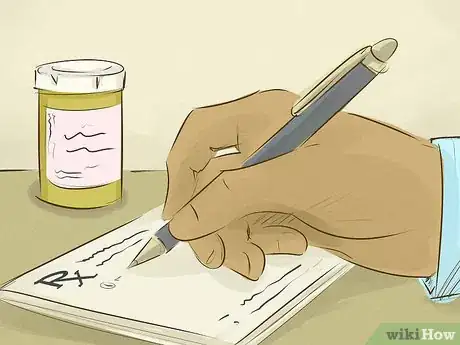
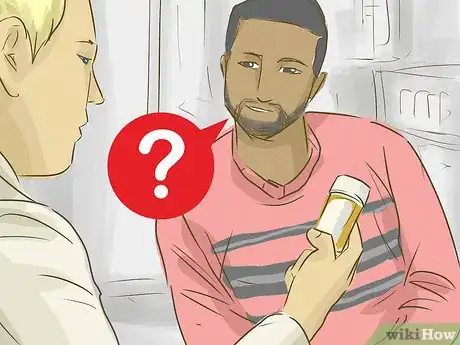
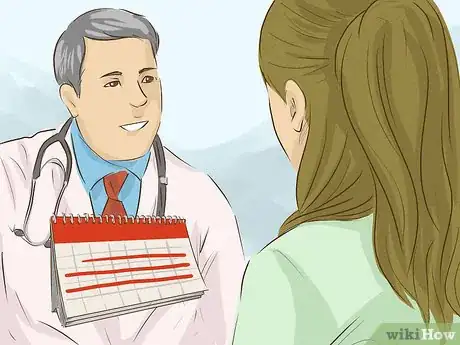


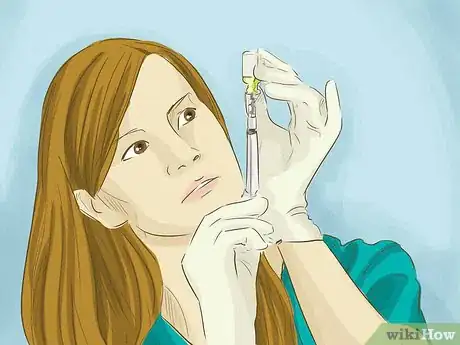
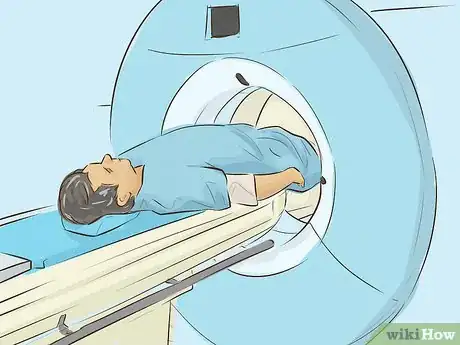


-Step-15.webp)








